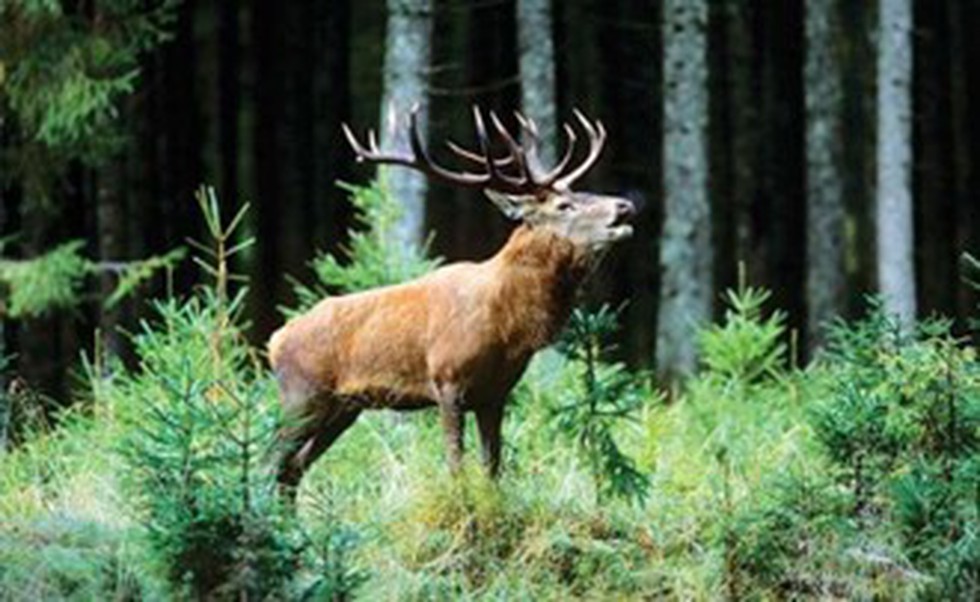About Dachigam National Park:
- Location: It is located 22 km (kilometers) from Srinagar in Jammu and Kashmir.
- It covers an area of 141 sq km (square kilometers).
- The name literally stands for ‘ten villages’, which could be in memory of the ten villages that were relocated in order to create the park.
- It was initially established to ensure the supply of clean drinking water to Srinagar city.
- A protected area since 1910, it was declared a national park in 1981.
- The park is situated at altitudes ranging from 5500 ft to 14,000 ft.
- The park is best known as the home of the Hangul, or Kashmir stag. It holds the last viable population of the vulnerable hangul in the world.
- Terrain: Ranges from gently sloping grasslands to cliffs and sharp rocky outcrops.
- Flora: Includes wild cherry, apple, pear, peach, plum, apricot, chestnut, willow, walnut, oak, pine, birch, poplar, chinar, and elm.
- Fauna:
- Besides Hangul, Dachigam is also famous for its populations of musk deer, leopard, Himalayan Grey Langur, leopard cat, Himalayan Black Bear, yellow-throated marten, among others.
- It is the residence of raptors such as the Eurasian eagle owl, Lammergeier, Eurasian griffon and white-rumped vulture.
Key Facts about Kashmir Stag:
- It is also called Hangul, which is a subspecies of Central Asian red deer endemic to Kashmir and surrounding areas.
- It is found in dense riverine forests in the high valleys and mountains of Jammu and Kashmir and northern Himachal Pradesh.
- In Kashmir, it is found primarily in the Dachigam National Park where it receives protection.
- A small population has also been witnessed in Overa-Aru Wildlife Sanctuary in south Kashmir.
- Conservation status
- IUCN: Critically Endangered
- CITES : Appendix I
